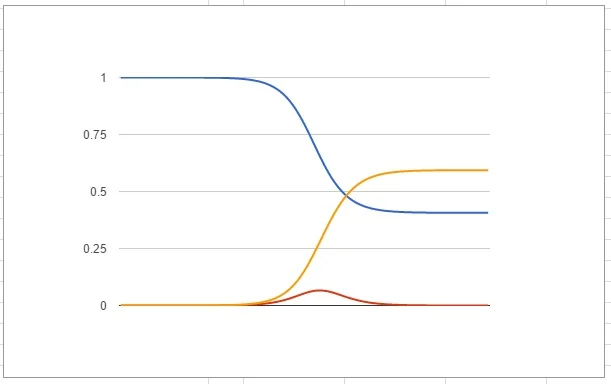Volume of a Torus
In a mock Oxbridge interview with a student, they claimed that the volume of a torus could be worked out by unwrapping it as a cylinder and simply treating it as a prism (the length of which you could work out by finding a circumference like below:
This didn't seem right to me, because it felt like as you bent a cylinder, the inside would compress at a different rate to the outside expanding. It turns out that my intuition was wrong and you can do that method, but I've had to go through some volumes of revolution to get to the neat result. Since I've done the maths I thought I would pop it up here. We start with a circle on the y axis and we are going to use the standard volume of revolution formula:
The positive part refers to the upper half of the circle, and the negative refers to the lower. If we did a volume of revolution of the upper part we would get a torus with no hole, but by taking away the revolved lower part we can remove the hole and get the volume:
Notice that a lot of these things are just constants that we can take out of the integral. The limits come because x is bound between -r and r. This is a standard integral which we can solve by substituting in x=rsinu:
This gives us a cos^2(u) that we have to deal with, but using a trig identity for cos(2u) we get the final result:











